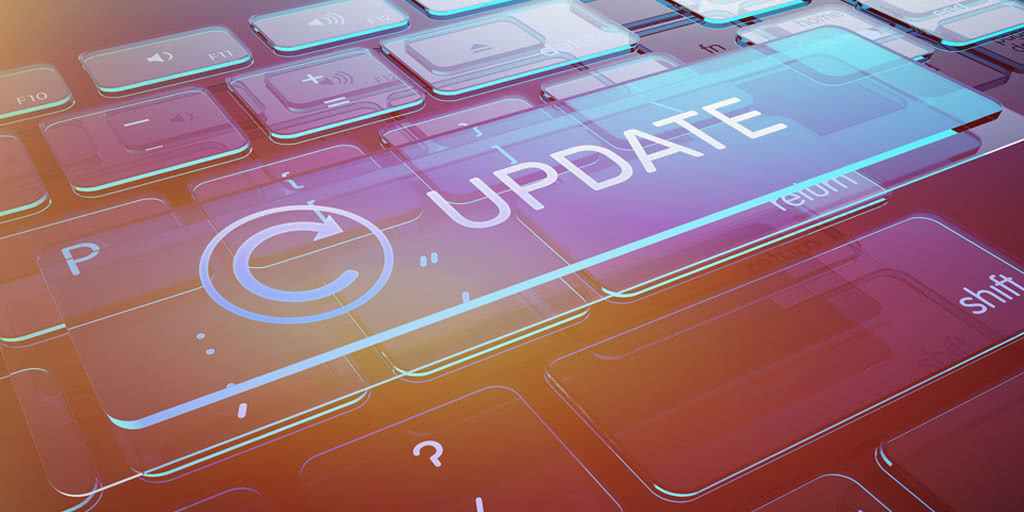Despite the numerous benefits of being on the current version of software – i.e. advanced security, latest functionality and so on – why do some firms choose not to upgrade? At our 2017 Visualfiles Share event, we asked attendees this very question and one of the main reasons stated by clients was around the complexity of testing.
So, in this blog, I'd like to address this reason, while also looking at the upgrade-related concerns surrounding the impact on business continuity.
In order to address the complexity of testing, the Development team at LexisNexis Enterprise Solutions has been working on a number of initiatives to make it easier for clients to upgrade to the latest version of the software.
Developing an appreciation of the complexity and underlying issues preventing clients from upgrading i.e. greater understanding
It was important to work with clients to dig a little deeper to understand the reasons contributing to a decision against upgrading. This has enabled us to focus our efforts on simplifying the process. The key issues that clients highlighted were:
No testers or testing team, which added strain on the firm's development department
- A lack of clarity around depth of testing
- Time taken to test and then deploy software
- Users having no visibility of the software before release, causing issues with user adoption later
The challenges and business landscape of a firm dictates its decision to upgrade, but clearly, the core underlying reason that surfaced was around testing.
Working together to discuss testing approach and plans – i.e. a two-way learning to further build relationships
The emphasis here was to learn about clients' challenges, and to work together to discuss best practice, determine how we could mitigate some of the concerns by enhancing their testing process, as well as share our experiences with other clients too. Some of the key discussions were around:
- User Acceptances Testing (UAT)
- Risk assessment
- Impact analysis
- Test case creation and management
By discussing testing strategies, we were able to identify a best fit together. This proved to be a really useful exercise as some clients were able to build on the conversations to then implement a new testing approach to simplify their process. For example, some extended UAT based on group testing sessions.
Customers taking BETA cuts of the software to test implementation and functionality – i.e. collaboration
During our engagement, we were able to deploy builds to clients' evaluation environments, take their feedback, make the necessary changes and then redeploy until the customers were happy. With any concerns or issues being dealt with during development, it ensured that the quality of the software was of a higher standard and there was more confidence in the features and functionality that the product offered. In summary, a key benefit of this approach is early visibility of software, which in turn provides confidence in the functionality.
Adopting automated testing – i.e. simplification
In order to simplify the future process, we evaluated a number of automation tools and opted for an image-based capture and replay tool that provides us with the ability to record core smoke test scenarios and schedule them to run nightly against the daily build. The means that we can pick up a build in the morning and guarantee a level of quality, assuming that all the tests have passed. If any of the tests fail, then we investigate, resolve and re-run the tests.
As part of the automation journey we have implemented an automation framework that we believe will help us support customers who are keen on automating testing of their key processes in order to ensure a high level of confidence in the quality of workflows. The Automation Framework that we have created is extensible, scalable, allows for tailored execution, script modularity and reusability - along with a reusable object repository allowing for flexibility when automating. Another great thing is that the automation tool we use is software agnostic. So, it is possible to automate Visualfiles and any third-party software applications, which means that the tests can span multiple systems including any products that integrate with Visualfiles.
All these elements, fall into the agile, continuous delivery methodology, which we adopted back in 2016. To read more click here.
Adopting this approach, we are already working with several clients to ensure smooth upgrades for all clients. Additionally, it will greatly help customers when we release Visualfiles 4.0, which is due out in a few months. This release coincides with the GDPR, which will allow customers to search for personal data.
To find out how we can help you with your next Visualfiles upgrade, contact your Account Manager.

